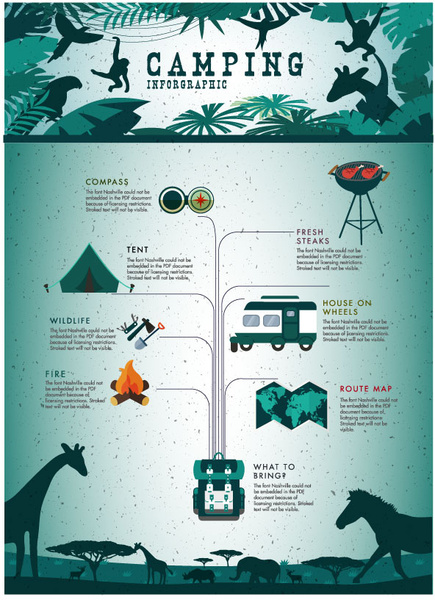Rocky terrain can make excavation more intricate and lengthy than in soil or sand. It also calls for customized devices to break through the hard products, which can raise operational costs. In addition, rough landscapes can include unpredictable variants in rock's structure and density that might impede excavation progress.
The rocky surface created the guy lines to fray and break.
Inspect the Lines
While rock crawling is an exhilarating workout in mechanical expertise, the key to success commonly lies with picking the right lines and hearkening the guidance of a spotter. Selecting the appropriate line involves greater than assessing the landscape; it needs an understanding of lorry abilities, such as wheelbase and articulation, in addition to terrain functions, like hills. Spotters likewise supply a viewpoint that is different from the chauffeur's, enabling them to see barriers, such as rocks walks and ruts that could damage or slow the vehicle.
Examine the Stakes
If you're camping in rocky surface and require to stake your camping tent, see to it the stakes are completely prolonged. Or else, your individual line could chafe against the rocks and break or fray. To avoid this, utilize a changed dead-man support by linking a tiny stick or rock to the end of your line and stacking it behind a larger boulder or big rock ahead. If this is not an alternative, try utilizing a shepherd's hook camping tent risk, which has a hook at the end to hold your lines. These often tend to bend less than pins and nails yet have better holding power than various other risk forms. You can also awning use aluminum risks, which are durable, light-weight and rust-resistant. They are often the best camping tent stake option for rocky ground.
